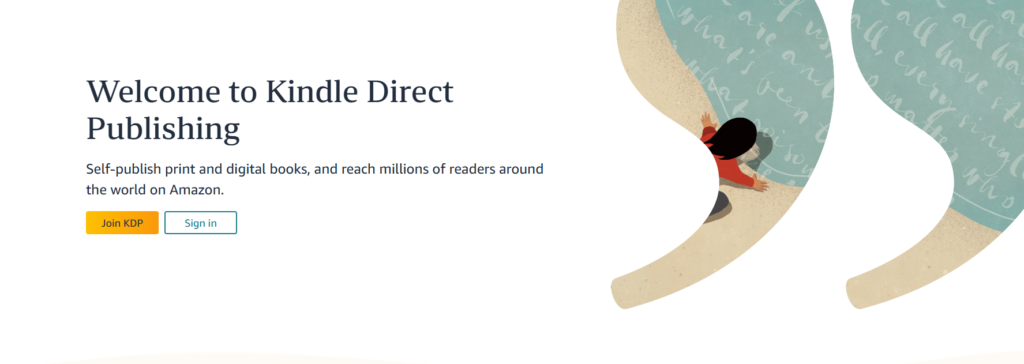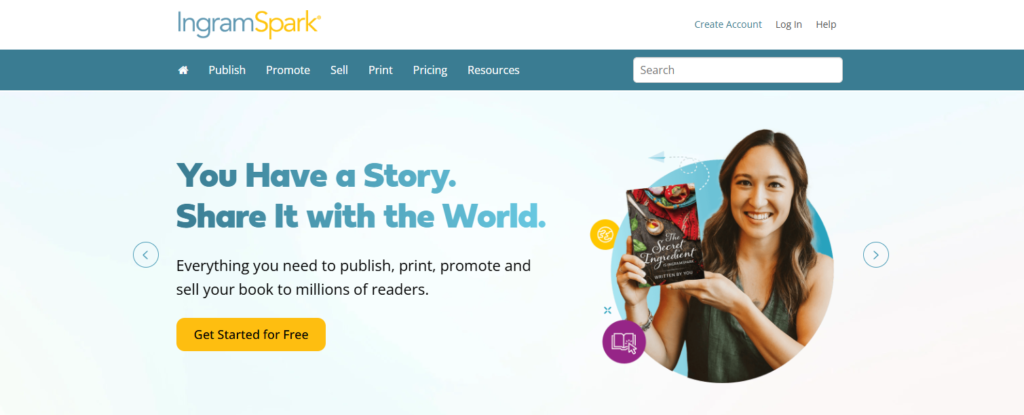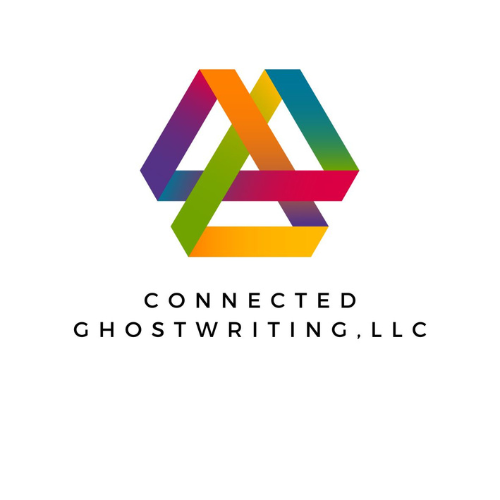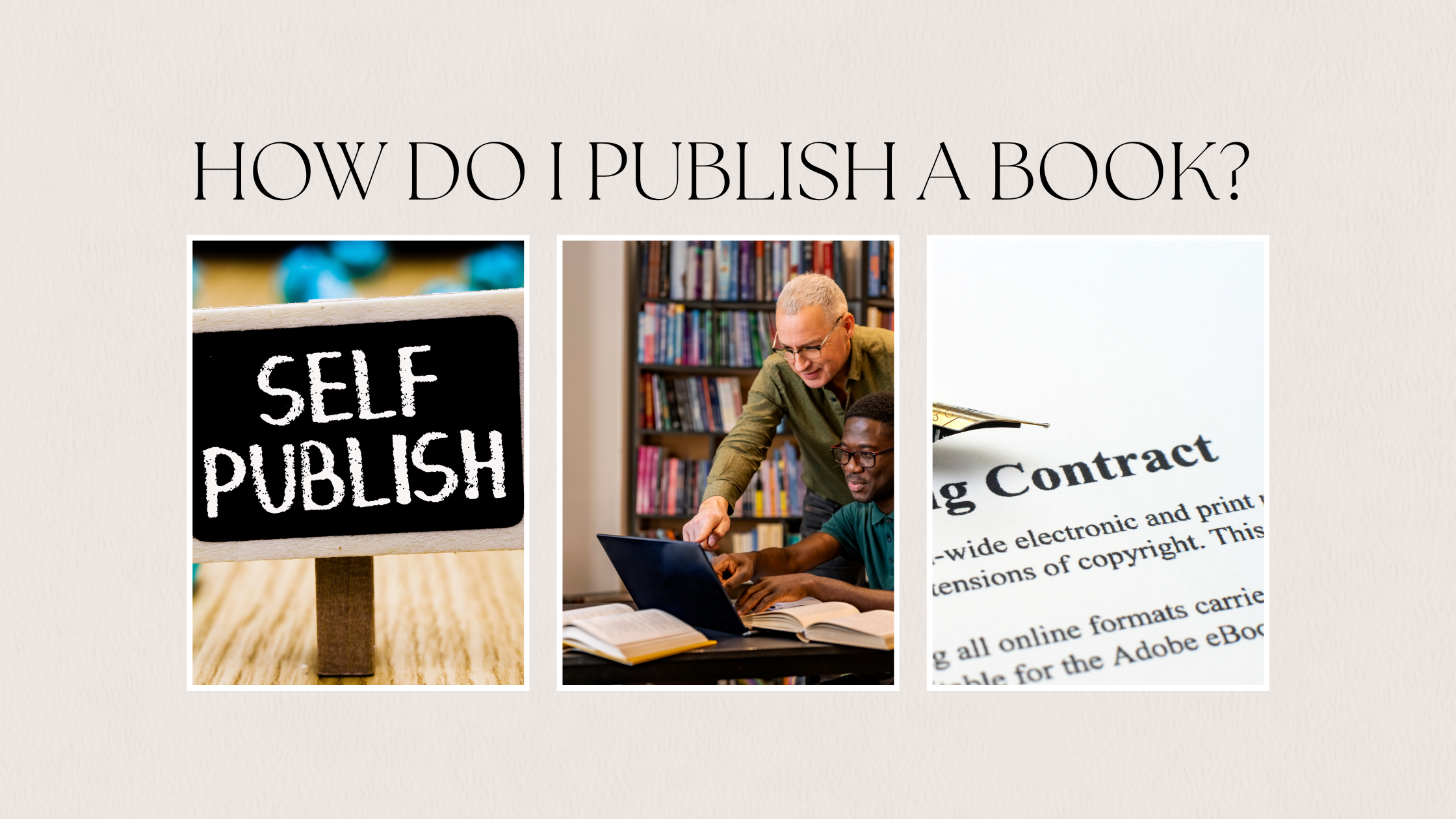So, you’ve written a book (or had one ghostwritten for you). First of all, congrats! That’s a huge achievement. But now comes the next big question: How do I get this thing out into the world? You’ve got a few main options: self-publishing, hybrid publishing, and traditional publishing. At Connected Ghostwriting, we’ve navigated all three of these scenarios with our clients, and since we’re not a publisher, I’ll offer an unbiased exploration of each type.
Each publishing path comes with its own set of rules, perks, and headaches (trust me). Let’s break down what each path looks like so you can pick the one that feels right for you and your book.
Self-Publishing
While it used to be called vanity publishing and had a bad name in the industry for a while, self-publishing is on the rise because authors get to control the process from start to finish. Self-publishing is the Wild West of the book world. You’re in control, calling all the shots, which can feel awesome…until you realize you’re also responsible for everything. But it’s worth it if you’re up for the adventure akin to settling down on the western plains before the railroad makes its debut, you’ll reap the rewards. Here’s a peek at what self-publishing involves, from Amazon KDP to paid services.
Amazon KDP (Kindle Direct Publishing)

Ah, Amazon KDP—it’s often the go-to for first-time indie authors. Why? Because Amazon has basically created a book-publishing expressway where you can upload your manuscript, hit “Publish,” and—boom—your book’s available to millions of readers.
What Makes KDP So Popular?
It’s easy. Really easy. Amazon provides all the templates you need for step-by-step book formatting, cover design, and everything in between. In fact, my assistant figured out how to design and upload a book to KDP in one afternoon. KDP also has a print-on-demand feature, so you don’t have to worry about storing a stack of books in your garage. The royalties through KDP are generous, since you’re doing all the work.
The Catch?
Amazon KDP is mainly for…well, Amazon. You’ll have a hard time getting your print book into your local indie bookstore if you only publish through KDP, but for those focused on digital sales and eBooks, it’s a great place to start.
IngramSpark

If Amazon is publishing’s glitzy, digital-only cousin, IngramSpark is the classy one that gets your book into actual bookstores and libraries. IngramSpark offers global distribution through their extensive network, which includes bookstores, libraries, and online retailers like Barnes & Noble.
What’s the Scoop on IngramSpark?
IngramSpark charges a small fee to publish your book—around $49–$59, depending on whether you’re publishing an eBook or a print book. They’re known for high-quality print, which makes IngramSpark a solid option if you’re envisioning your book on bookstore shelves. The drawback? You have to pay for each revision. So, once you hit “Publish,” triple-check that you’re done editing, or else the fees can add up!Pro Tip: A lot of self-published authors use both KDP and IngramSpark—KDP for Amazon sales and IngramSpark for bookstores and libraries. It’s a bit more work, but it can maximize your reach.
DIY vs. Paid Publishing Services
Here’s the real question: Are you ready to do it all yourself, or are you willing to throw some cash at the professionals to handle it?
DIY Approach: If you’ve got a “how hard can it be?” attitude, you might go the DIY route. You’ll handle editing, cover design, and formatting yourself. You’ll also need to pick up an ISBN (that unique identifier for your book) if you’re going outside of KDP’s free one. DIY can be fun, but is definitely a time investment. You’ll learn a ton, though—so there’s that!
Paid Self-Publishing Services: If you’re more like, “I’d rather let the pros handle it,” there are tons of services you can hire to help. You can hire separate services for cover design, interior formatting, edition, and publishing, or find an all-in-one service. Your total cost will probably be between $10-15,000 for these services unless they include marketing assistance and other services. My favorite self-publishing service is a new one from Ashleigh Renard, author of Swing. She self—published her book, sold millions of copies, and she helps other authors do the same with the help of editor and author Jamie Mcgillen.
Hiring pros means you’re putting out a polished book, but it can be pricey. The trade-off is worth it if you want a top-notch product but don’t have the patience (or time) for the DIY grind.
Hybrid Publishing
Next up: hybrid publishing, a.k.a. the “meet-me-in-the-middle” option. Hybrid publishers combine the independence of self-publishing with some of the support (and legitimacy) you get from traditional publishers. But fair warning: you’ll still pay for the services they provide.
What Do Hybrid Publishers Offer?
Think of hybrid publishers as a book team you can hire. They handle editing, cover design, formatting, and even some marketing. You’ll get access to distribution networks, meaning your book could end up in bookstores and libraries—without the intense gatekeeping of traditional publishing. Hybrid publishers make the publishing industry and book distribution channels more accessible to everyone.
Typical Services Offered by Hybrid Publishers
- Professional editorial support (no typo left behind).
- A custom-designed book cover that won’t make people cringe.
- Book formatting for both print and digital.
- Distribution to major retailers like Amazon, Barnes & Noble, and Apple Books.
Our favorite hybrid publisher is Jenn T. Grace of Publish Your Purpose. They publish primarily nonfiction and love working with purpose-driven authors. They’re an LGBTQIA+-owned business that champions social justice, just like our agency.
What’s the Price Tag?
It’s not cheap. Hybrid publishing packages often run between $15,000 and $25,000, depending on the level of service. The upside? You retain more control over your book than with traditional publishing and get a better royalty rate since you’re covering part of the upfront cost.
Royalty Sharing: Hybrid publishers generally give you a larger slice of the royalties (around 50–70%), which is great, but remember, you’re paying them to help you publish.
Traditional Publishing
Ah, traditional publishing—the dream of landing a deal with a Big Five publisher or a respected independent press. This path requires patience, a bit of thick skin (rejection happens), and usually, an agent. But if you’re set on seeing your book in every bookstore across the country, here’s how it works.
The Publishing Process
Getting a book deal is kind of like auditioning for a TV show: you have to pitch yourself, stand out, and be okay with lots of “no’s” before you get a “yes.” Here’s what the process looks like:
- Query Letter: A single-page letter that introduces you and your book. This is your chance to show agents why your book is unique, who your target audience is, and why they should care.
- Proposal: For nonfiction authors, a book proposal is usually required. It’s a deep dive into your book’s content, audience, and marketability and includes sample chapters.
- Finding an Agent: Most Big Five publishers (Penguin Random House, HarperCollins, Simon & Schuster, Macmillan, and Hachette) won’t look at un-agented manuscripts, so a literary agent is essential if you’re aiming for one of these big dogs. Literary agents act as your champion, pitching your book to publishers and negotiating contracts. An agent will take a portion of the book sale for their work.
The Catch?
Many traditional presses want creative control over the final product, and some will demand a first go at your next book or books. So, read the contract carefully and ensure you’re happy with the deal you’re offered.
Independent Publishers
If the Big Five feels like a stretch, don’t worry. Independent publishers (also known as indie presses) often accept un-agented submissions, meaning you can send your manuscript directly to them. Some indie publishers even specialize in specific genres, so they’re a good fit if your book has a niche audience.
Most independent publishers let the author retain the rights to and creative control over their work, which is why we love them.
Examples of Indie Publishers Accepting Unagented Submissions:
- Morgan James Publishing: A go-to for business books, self-help, and books that are part of a larger mission and organization.
- Chronicle Books: Great for illustrated books and unique nonfiction.
- Black & White Publishing: A UK-based indie with a solid reputation.
Tips for Pitching
If self-publishing is like settling the Wild West, getting a traditional publishing contract is like trying to stand out on a crowded New York City street. To maximize your chances, here’s my advice.
Research Before You Pitch: Tailor each submission to the publisher’s specific tastes. The more you know about their previous books and audience, the better you can position your own work. Stalk them on social media, watch their video content, attend writer’s conferences, and learn as much as you can.
Be Ready for Rejection: Don’t take it personally. Publishing is competitive, and it may take multiple rounds to find the right fit.
Polish, Polish, Polish: Before you even think of sending your book to an agent or editor, make sure it’s thoroughly edited. Many editors recommend having a professional editor or beta readers review your work to avoid typos and plot holes.
Choose Your Own Publishing Adventure
The right path depends on your goals, budget, and how much control you want over the publishing process. Here’s a quick recap:
- Self-Publishing: Total creative control, more royalties, but lots of work (think KDP and IngramSpark). Ideal for DIY types who don’t mind a learning curve.
- Hybrid Publishing: A supportive team at a price, with higher royalties than traditional but less DIY. It is great for authors who want professional polish without giving up all control.
- Traditional Publishing: The traditional route gives you prestige, wide distribution, and a supportive publisher, but it is the most competitive and time-consuming path, and may require you to give up some creative control. It usually requires an agent, especially for the Big Five.Whichever path you choose, remember that publishing a book is just the beginning. Marketing, connecting with readers, and building your author platform are just as important for turning your book into a bestseller. If you want help getting your book publisher-ready, check out our coaching and co-writing programs, or schedule a consultation to see how we can help get your book noticed.
Choosing a publishing path is a significant decision that will shape your book’s journey from manuscript to marketplace. Whether you opt for the entrepreneurial freedom of self-publishing, the supported middle ground of hybrid publishing, or pursue the traditional publishing route with its established networks, success lies in aligning your choice with your goals, resources, and vision for your work. Remember that no path is inherently better than the others—what matters is selecting the route that best serves your book. Whichever path you choose, focus on being authentic and providing value to your readers.


